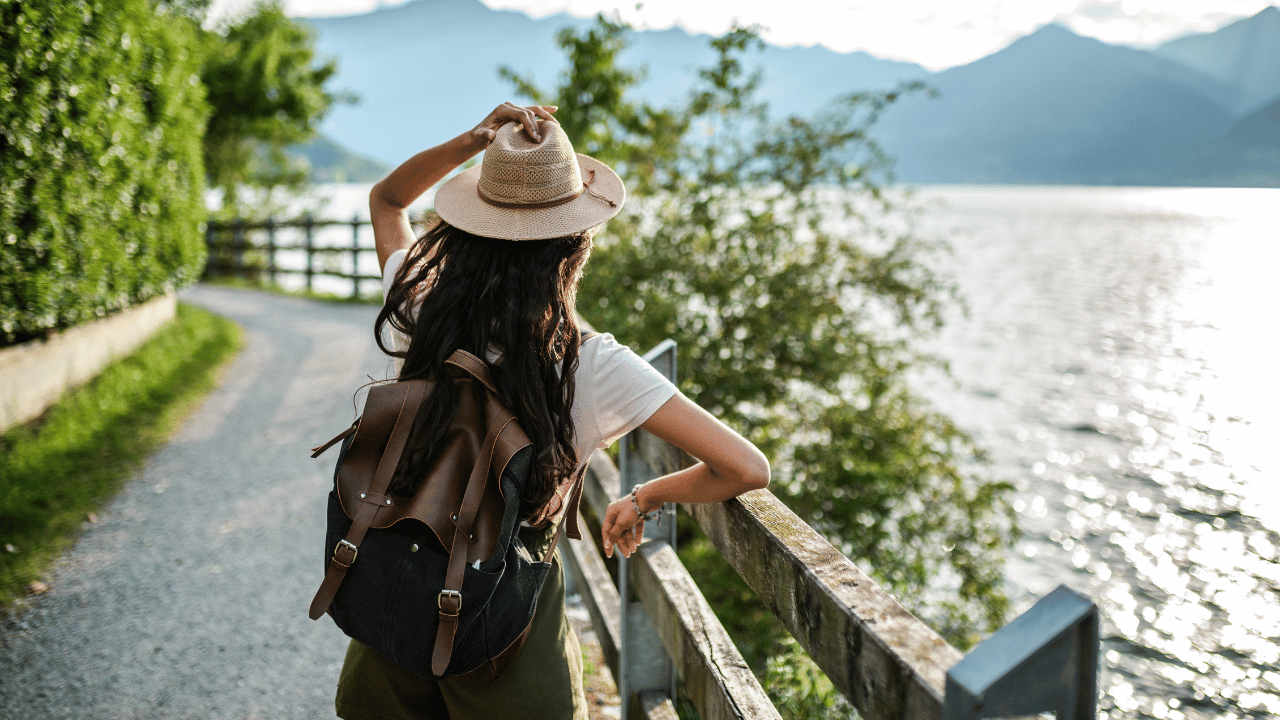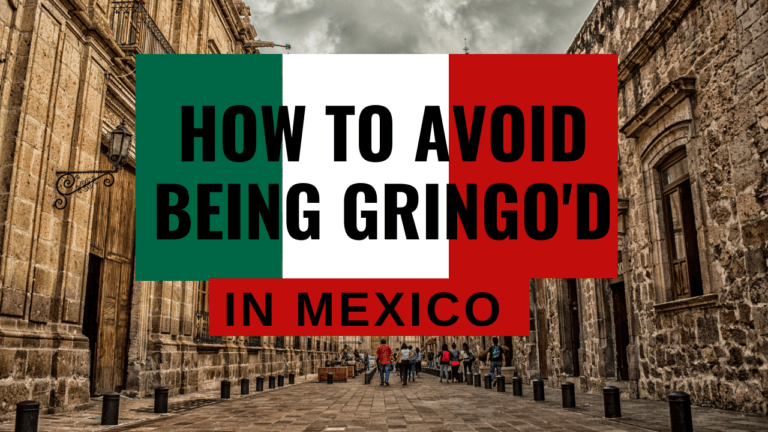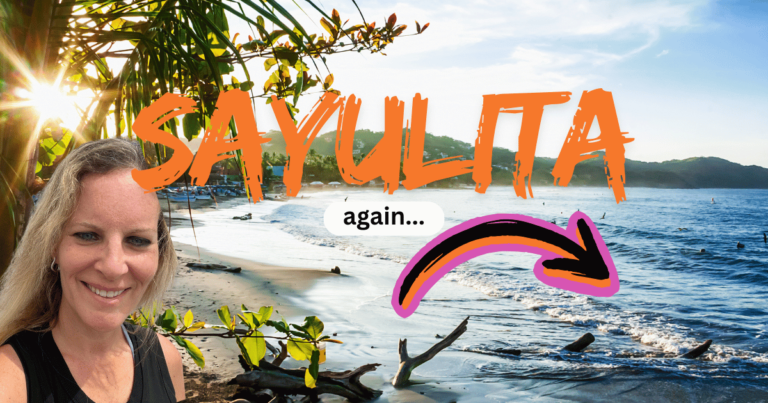7 Ways Solo Female Travel is Breaking Barriers and Redefining Adventure
Breaking barriers: women worldwide are rewriting the rules of travel in unprecedented numbers. This powerful shift reflects how modern women approach adventure and exploration. Solo female travel has exploded from a niche pursuit to a mainstream movement, fundamentally changing the landscape of the tourism…
Breaking barriers: women worldwide are rewriting the rules of travel in unprecedented numbers. This powerful shift reflects how modern women approach adventure and exploration. Solo female travel has exploded from a niche pursuit to a mainstream movement, fundamentally changing the landscape of the tourism industry and challenging long-held assumptions about women’s travel habits.
The Numbers Tell a Compelling Story
The statistics surrounding solo female travel paint a picture of unprecedented growth and economic influence. Searches for “solo female travel” have increased three-fold in recent years, signaling not just curiosity but serious intent among women to explore the world on their own terms. This surge represents more than just a travel trend; it reflects a broader cultural shift toward female independence and empowerment.
Perhaps even more striking is the economic projection that women will control 75% of all discretionary income by 2028. This statistic illuminates why the travel industry is sitting up and taking notice. Women are not just traveling more frequently as solo adventurers; they’re doing so with significant spending power that will reshape how destinations market themselves and how travel services are designed.
The implications extend far beyond simple tourism numbers. When women control the majority of discretionary spending decisions, their preferences and priorities become the driving force behind innovation in travel experiences, accommodations, and services. This shift is already visible in the rise of female-focused travel companies, women-only tour groups, and hotels implementing enhanced safety features specifically for solo female guests.
Related: From Capable to Confident: How Solo Travel Reveals Your Character
Understanding the Solo Female Travel Revolution
The surge in solo female travel represents a convergence of several social and economic factors. Women today are achieving higher levels of education, occupying more leadership positions, and enjoying greater financial independence than any previous generation. This economic empowerment provides both the means and the confidence to pursue independent travel experiences.
Social media has played a crucial role in normalizing and inspiring solo female travel. Platforms like Instagram and TikTok showcase women exploring remote villages in Vietnam, hiking through Patagonia alone, or navigating the bustling streets of Mumbai independently. These visual narratives challenge traditional notions of female vulnerability while providing practical inspiration and proof that solo female travel is not only possible but deeply rewarding.
The changing nature of work has also contributed to this trend. Remote work arrangements and flexible scheduling allow many women to extend weekend trips into week-long adventures or work from exotic locations for months at a time. Digital nomadism has become particularly popular among solo female travelers who can maintain their careers while satisfying their wanderlust.
Catch the Latest Podcast Episode Here
Breaking Barriers and Misconceptions
For generations, women have faced both external and internal barriers to solo travel. Concerns about safety, cultural acceptance, and social judgment have historically kept many women from pursuing independent adventures. However, the current generation of solo female travelers is systematically dismantling these barriers through preparation, community building, and sheer determination.
Safety concerns, while legitimate, are being addressed through improved planning resources, technology, and global infrastructure. Women are leveraging apps that provide real-time safety information, connecting with other female travelers through online communities, and choosing accommodations specifically vetted for solo female guests. Many destinations have also improved their tourism infrastructure with solo travelers in mind, offering better lighting, improved public transportation, and enhanced security measures.
The psychological barriers are equally significant. Many women have been conditioned to believe that traveling alone is inherently dangerous, antisocial, or selfish. The solo female travel movement challenges these assumptions by celebrating independence, self-discovery, and personal growth as valuable pursuits worthy of investment and time.
Cultural barriers vary significantly by region and background, but women worldwide are finding ways to honor their cultural contexts while pursuing their travel dreams. Some start with shorter domestic trips to build confidence, others travel with organized groups before venturing out independently, and many find creative ways to balance family expectations with personal aspirations.
The Transformative Power of Solo Travel
Women who embark on solo travel adventures consistently report profound personal transformations that extend far beyond their trips. The experience of navigating foreign cities, solving unexpected problems, and relying solely on one’s own judgment builds confidence in ways that few other activities can match.
Solo travel forces women out of their comfort zones in the most literal sense. Without the safety net of familiar companions, solo travelers must engage with locals, navigate language barriers, and make decisions quickly and decisively. These experiences translate into increased self-reliance and problem-solving skills that benefit every aspect of life.
Many solo female travelers describe a sense of liberation that comes from making choices based purely on personal preferences. Want to spend three hours in a museum? There’s no need to compromise. Interested in trying that adventurous local dish? No one else’s dietary restrictions to consider. This freedom to follow personal interests without negotiation or explanation can be revelatory for women accustomed to prioritizing others’ needs.
The solitude inherent in solo travel also provides space for reflection and self-discovery that’s often impossible in daily life. Away from familiar routines and social expectations, women often gain new perspectives on their goals, relationships, and priorities. Many credit solo travel experiences with helping them make major life decisions or discover new passions.
Related: Excited Travel Trends this Year
Economic Impact and Industry Response
The economic implications of the solo female travel boom extend throughout the tourism ecosystem. Hotels are redesigning rooms and amenities to cater to solo guests, restaurants are creating more welcoming environments for single diners, and tour companies are developing experiences specifically for independent travelers.
The accommodation industry has been particularly responsive to this trend. Many hotels now offer single-occupancy rates that don’t penalize solo travelers with excessive supplements. Some properties have created social spaces designed to help solo travelers connect with each other, while others focus on enhanced security features and women-friendly amenities.
Airlines have also adapted their offerings, with some introducing products specifically targeting solo female travelers. These might include priority boarding for single women traveling to certain destinations, female-only sections on flights, or partnerships with ground transportation services that cater to women traveling alone.
The tour and activity industry has perhaps seen the most dramatic changes. Traditional group tours designed for couples and families are giving way to experiences crafted for independent explorers. Food tours, cultural workshops, adventure excursions, and educational experiences are increasingly marketed to and designed for solo participants.
Technology as an Enabler
Modern technology has become an indispensable tool for solo female travelers, providing everything from safety features to community connections. Navigation apps eliminate the vulnerability of appearing lost with paper maps, while translation apps break down language barriers that might otherwise create anxiety.
Safety-focused apps allow women to share their locations with trusted contacts, set check-in schedules, and access emergency services quickly. Some apps are specifically designed for female travelers, offering features like reviews of destinations from a female perspective, safety ratings for accommodations, and connections to other women traveling in the same areas.
Social media platforms have evolved beyond simple photo sharing to become comprehensive planning and community-building tools. Women use these platforms to research destinations, connect with other travelers, share real-time updates, and even find travel companions for specific portions of their journeys.
The rise of female-focused travel apps and websites has created entire ecosystems supporting solo female travel. These platforms offer everything from destination guides written by women for women to booking services that prioritize female-friendly accommodations and experiences.
Diverse Motivations and Demographics
The women embracing solo travel represent diverse demographics, ages, and motivations. While popular media often portrays solo female travelers as young backpackers on gap years, the reality is far more varied. Women in their forties, fifties, and beyond represent a significant and growing segment of solo travelers.
Career-focused women use solo travel as a way to decompress from high-stress jobs and gain perspective on work-life balance. Others view it as an investment in personal development, similar to taking a course or attending a conference. Some women turn to solo travel during major life transitions such as career changes, divorces, or children leaving home.
The motivations are equally diverse. Some women seek adventure and adrenaline through activities like trekking, diving, or mountain climbing. Others prioritize cultural immersion, spending weeks learning local languages, cooking techniques, or traditional crafts. Still others focus on wellness and relaxation, choosing destinations and experiences that promote physical and mental health.
Religious and spiritual journeys represent another significant category of solo female travel. Women undertake pilgrimages, meditation retreats, and spiritual quests that require solitude and personal reflection. These journeys often combine travel with deeper personal or religious exploration.
Challenges and Considerations
Despite the growth and empowerment associated with solo female travel, challenges remain. Safety concerns, while often overstated, require realistic assessment and preparation. Women must research local customs, understand cultural norms regarding female behavior, and take appropriate precautions without allowing fear to limit their experiences.
Budget considerations can be more complex for solo travelers, as many costs from accommodations to tours are designed with couples or groups in mind. Single supplements for hotel rooms and tour packages can significantly increase the cost of travel. However, the industry is slowly adapting with more single-friendly pricing structures.
Loneliness and social isolation present another consideration, particularly on longer trips. While solitude is often a desired aspect of solo travel, extended periods without meaningful social interaction can become challenging. Successful solo travelers often develop strategies for connecting with others when desired while maintaining their independence.
Cultural acceptance varies dramatically by destination, and women must navigate these differences respectfully while maintaining their personal safety and comfort. Some regions present genuine challenges for solo female travelers that require careful planning and cultural sensitivity.
The Future of Solo Female Travel
Looking ahead, the solo female travel trend shows no signs of slowing. As women’s economic power continues to grow and social attitudes continue evolving, the infrastructure supporting solo female travel will likely expand and improve. Destinations that adapt quickly to serve this market will likely see significant competitive advantages.
The influence extends beyond tourism to broader social change. Women who travel solo often return with increased confidence, broader perspectives, and stronger leadership skills. These personal transformations contribute to women’s advancement in all areas of society.
Technological innovations will continue making solo travel safer and more accessible. From advanced translation tools to improved safety apps, technology will likely eliminate many of the remaining barriers to solo female travel.
The economic projections suggesting women will control 75% of discretionary income by 2028 indicate that the travel industry’s focus on female travelers is not just trendy but economically essential. Companies that fail to adapt their offerings for independent female travelers risk losing significant market share.
The Shift
The dramatic increase in solo female travel reflects more than a personal adventure trend; it symbolizes a fundamental shift in how women view their relationship with the world. This movement reflects broader changes in women’s social and economic status, technological capabilities, and cultural attitudes.
The statistics tell a clear story: women are traveling alone in unprecedented numbers, controlling increasing amounts of discretionary income, and demanding travel experiences that reflect their values and preferences. This trend is reshaping the entire tourism industry while contributing to broader social changes regarding female independence and empowerment.
As more women choose to explore the world on their own terms, they’re not just satisfying personal wanderlust. They’re participating in a movement that challenges traditional assumptions, breaks down barriers, and creates new possibilities for future generations of female travelers.
The rise of solo female travel represents one of the most significant demographic shifts in tourism history. For the women participating in this movement, it offers opportunities for personal growth, cultural understanding, and self-discovery that extend far beyond vacation memories. For the travel industry, it represents a fundamental reimagining of how services and experiences should be designed and delivered.
The future belongs to companies, destinations, and individuals who recognize and embrace this shift. Women are not just traveling more; they’re traveling differently, with different priorities, preferences, and power. The industry and society that adapt to serve this growing market will benefit from the economic influence and cultural changes that solo female travelers bring to every destination they explore.
Sources:
breaking barriers breaking barriers breaking barriers breaking barriers breaking barriers breaking barriers breaking barriers breaking barriers breaking barriers breaking barriers breaking barriers breaking barriers breaking barriers breaking barriers breaking barriers breaking barriers breaking barriers breaking barriers breaking barriers breaking barriers breaking barriers breaking barriers breaking barriers breaking barriers breaking barriers







